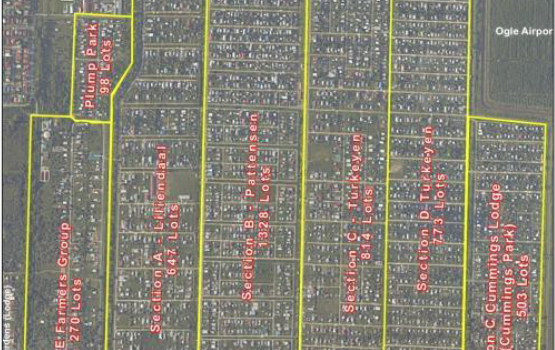Extract:
In May 2017, the Government of the Cooperative Republic of Guyana (GOG) officially requested for the Inter-American Development Bank (IDB) to reformulate the 2012 loan operation “Road Network Upgrade and Expansion Program” (GY-L1031) to include a component addressing housing and basic infrastructure needs of low-income populations in social housing schemes in the greater Georgetown area. The reformulated program, labeled the “Adequate Housing and Urban Accessibility Program” requires development of an Environmental and Social Analysis (ESA) to support approval of the reformulation.
The reformulated housing and urban development component will be executed by the Central Housing and Planning Authority (CH&PA), part of the GOG’s Ministry of Communities. This component will follow a Multiple Works approach, which, under Bank loan guidelines, identifies a “sample” investment project for execution, which is then followed by other interventions which follow previously approved operations regulations and environmental and social safeguards guidelines. The proposed sample project will be located in the area of Sophia, in central Georgetown.
ERM, in coordination with CH&PA and the Bank, conducted a targeted ESA for the Program community of Sophia. The ESA was aimed at identifying potential environmental, social, health and safety (ESHS) risks and developing recommendations to mitigate and manage such risks via a Program-specific Environmental and Social Management System (ESMS).
The assessment focused primarily on the high-priority anticipated impacts of loss of livelihoods, impacts to community services and infrastructure, and natural disaster risk. Other impacts considered in the ESA, and for which mitigation and management measures are proposed as appropriate, include impacts to air quality, noise, environmental contamination, community health and safety, and biodiversity.
Access Full Report: AHUAP Environmental & Social Assessment Report
